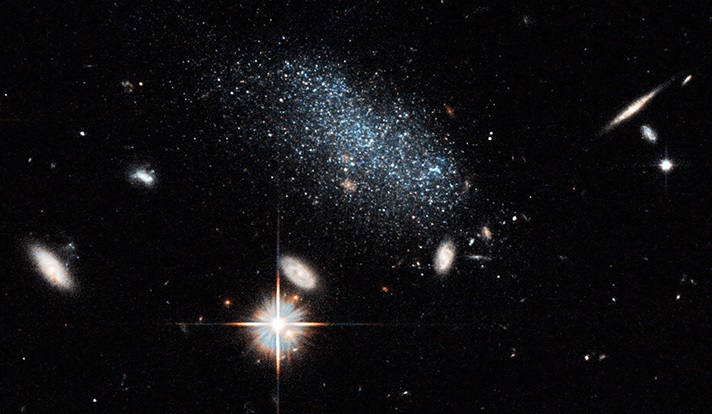August 11, 2016
By Jim Shelton
Researchers have found two, faint dwarf galaxies that traveled from the remote hinterlands of space to the brighter lights of the more “cosmopolitan” Milky Way.
Yale astronomy professor Marla Geha, former Yale postdoctoral fellow Erik Tollerud, and their colleagues made the discovery by analyzing images taken by NASA’s Hubble Space Telescope. The two galaxies, Pisces A and Pisces B, are valuable proxies for understanding how earlier galaxies ramped up their star formation activities, the researchers said.
“Large galaxies in our universe form primarily by accumulating and merging with smaller galaxies,” Geha said. “Our Milky Way is growing in mass as smaller galaxies fall in from lower density regions. That is to say, the Milky Way grows as smaller galaxies move in from the cosmic countryside. The two galaxies presented in this paper show increased star formation, which is further evidence they are moving from the void into a higher density region.”
The study appears in the Aug. 11 issue of The Astrophysical Journal.















